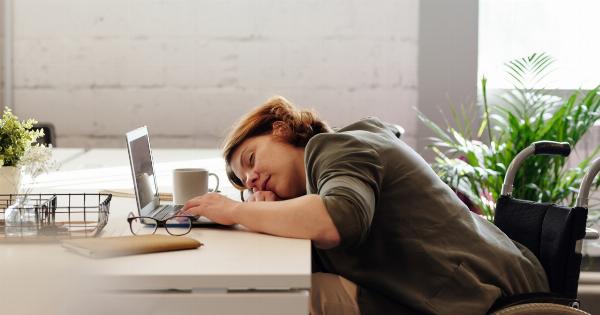Language is an essential tool for effective communication, and it is often taken for granted until an individual experiences a stroke.
One of the most common symptoms of stroke is language impairment, which can have significant effects on an individual’s quality of life, relationships, and occupational success. The loss of language abilities can be distressing since it is such an essential tool for communication. However, through stroke rehabilitation, it is possible to improve language abilities and regain communication skills.
Understanding Stroke and Language Impairment
Stroke is defined as sudden damage to the brain due to a lack of blood flow. When brain cells are deprived of oxygen, they can die, leading to various symptoms such as weakness, numbness, and a loss of coordination.
One of the most common symptoms of stroke is language impairment, which can occur in several ways. The most common language impairment is aphasia, which is defined as the loss or impairment of language skills. This may include difficulty speaking, understanding, reading, and writing.
Rehabilitation Strategies for Language Impairment
Stroke rehabilitation focuses on improving an individual’s functioning after the stroke. Various strategies can be used to facilitate language improvement. These strategies include:.
1. Speech Therapy
Speech therapy is a useful rehabilitation technique for individuals who have lost speech or language skills due to a stroke. A speech therapist works with individuals to improve their communication skills, including speaking, understanding, and writing.
The speech therapist helps the individual practice specific language tasks, such as naming objects, describing pictures, and following written directions.
2. Cognitive Rehabilitation
Cognitive rehabilitation is a technique that aims to improve an individual’s cognitive abilities, including memory, attention, and problem-solving.
Cognitive rehabilitation can help individuals learn new strategies to cope with language impairment. For example, an individual can learn strategies to remember words or phrases, such as using a memory book or repeating words or phrases frequently.
3. Technology-Based Rehabilitation
Technology has opened a new avenue for stroke rehabilitation. Various computer programs can help improve language skills, including speech, reading, and writing.
These programs provide an interactive and engaging environment, promoting motivation, and improving language abilities.
4. Group Therapy
Group therapy involves working with other individuals who have also experienced a stroke and language impairment. Group therapy provides an opportunity for individuals to practice communication skills in a supportive environment.
Group therapy can help individuals develop new insights and perspectives, promoting socialization and improving communication skills.
The Importance of Language Rehabilitation
The loss of language abilities can have a significant impact on an individual’s quality of life.
Communication is a fundamental aspect of human interaction, and language impairment can lead to social isolation, decreased self-esteem, and difficulty performing daily tasks. However, through stroke rehabilitation, it is possible to regain language abilities and improve communication skills.
Rehabilitation not only promotes communication but also helps individuals regain their sense of identity, independence, and quality of life.
Conclusion
Language impairment is a common symptom of stroke and can have significant effects on an individual’s quality of life. However, through various rehabilitation strategies, language abilities can be regained.
The rehabilitation process involves working with a team of professionals, including speech therapists, occupational therapists, and psychologists. By engaging in rehabilitation, individuals can promote socialization, increase self-esteem, and improve daily functioning.






























